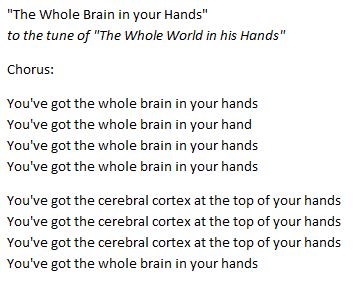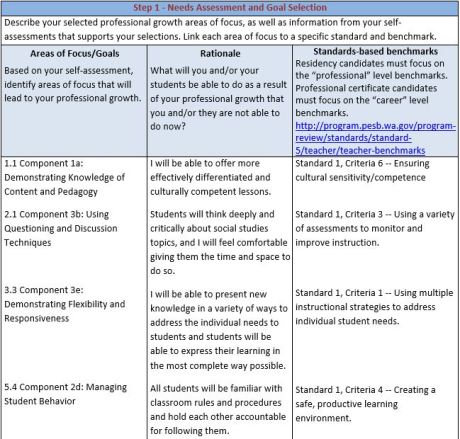 E2– Exemplify collaboration within the school. When teachers work together, they can support each other and develop best practices for improving student learning. Though each teacher will have to make individual decisions to meet the needs of each of his or her classes, it can be useful for teachers to give similar lessons or give common assessments to make sure students are consistently held to high standards across the department. When I began observing the classes of my English mentor, Mr. Moore, all of the sophomore English teachers were starting a research writing project that they planned collaboratively. During one of the first lessons, students learned to evaluate web resources using the CRAAP test excerpted above. When I asked Mr. Moore where the tool originated, he said that a former staff member had learned about it in her college days and spread it through the school.
E2– Exemplify collaboration within the school. When teachers work together, they can support each other and develop best practices for improving student learning. Though each teacher will have to make individual decisions to meet the needs of each of his or her classes, it can be useful for teachers to give similar lessons or give common assessments to make sure students are consistently held to high standards across the department. When I began observing the classes of my English mentor, Mr. Moore, all of the sophomore English teachers were starting a research writing project that they planned collaboratively. During one of the first lessons, students learned to evaluate web resources using the CRAAP test excerpted above. When I asked Mr. Moore where the tool originated, he said that a former staff member had learned about it in her college days and spread it through the school.
One of the ways that ideas and resources are shared is in professional learning communities (PLCs). I attended weekly PLC meetings with Mr. Moore and the two other sophomore English teachers. Since the students were working on a common project, we were able to share their successes and challenges and give each other suggestions for improving student learning. I think that the instructional product that students received was at a higher quality because it had been reviewed and revised multiple times in the PLC. It was great to collaborate with teachers at the same grade level, but I would also like to practice working with teachers across grade and content levels.



 to observe. The behavioral descriptions are clear enough that multiple scorers came to the same conclusions.What I learned is that a detailed, standards-based rubric makes scoring assignments a much simpler and quicker task. The rubric also makes giving feedback to students simpler because I can highlight the descriptors that show the student’s strengths and weaknesses. There is little room for confusion as to why a student received a particular score. On the other side of the coin, students can also use the rubric as a guide and provide evidence that they met the assignments expectations if they feel they have been mis-scored. Access to a rubric gives students agency and responsibility for their own learning. For this assignment, I did not collect a self-assessment based on the rubric, but in the future, this is something I would like to try next time.
to observe. The behavioral descriptions are clear enough that multiple scorers came to the same conclusions.What I learned is that a detailed, standards-based rubric makes scoring assignments a much simpler and quicker task. The rubric also makes giving feedback to students simpler because I can highlight the descriptors that show the student’s strengths and weaknesses. There is little room for confusion as to why a student received a particular score. On the other side of the coin, students can also use the rubric as a guide and provide evidence that they met the assignments expectations if they feel they have been mis-scored. Access to a rubric gives students agency and responsibility for their own learning. For this assignment, I did not collect a self-assessment based on the rubric, but in the future, this is something I would like to try next time.

